Copy Barty? Sevastova begins her third career
At the Madrid Open 2025, the 34-year-old Latvian veteran Sevastova completed a three-match winning streak with a technical victory over compatriot Ostapenko, who had just won the Stuttgart title. The victory not only cemented her title as a "master tactician on clay", but also drew attention to the tennis "immortal" who has seen three career ups and downs – her story is far more worthy of writing than a match.
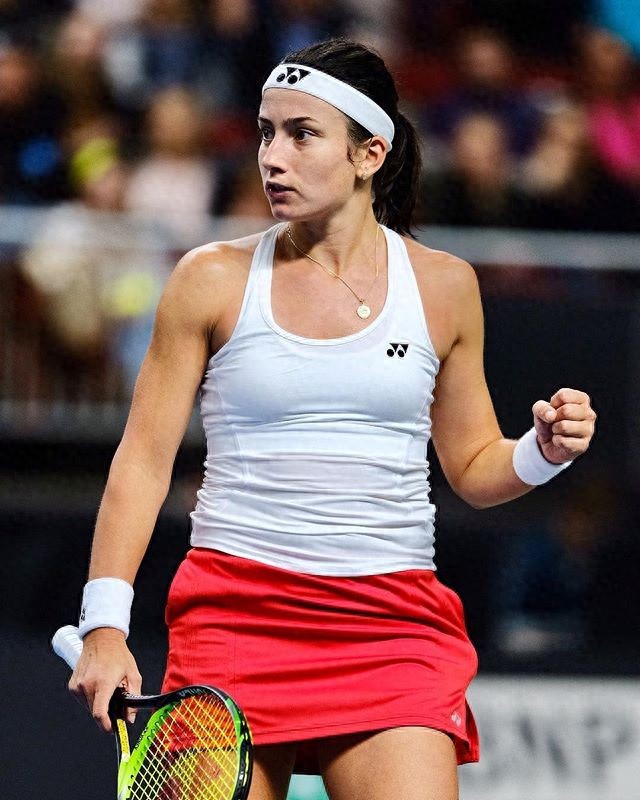
Sevastova began her career in 2006 at the age of 16 and made her debut at the ITF, winning five singles titles in two years. In 2010, she defeated Peng Shuai and other famous players in Estoril to win the first WTA title of her career, becoming Latvia's first WTA singles champion in nearly 20 years. However, frequent injuries (such as ankle problems after the 2011 Australian Open) and form swings have kept her ranked outside the top 30. In 2013, at the age of 23, she announced her retirement due to physical and psychological pressure, and changed to a tennis school coach.
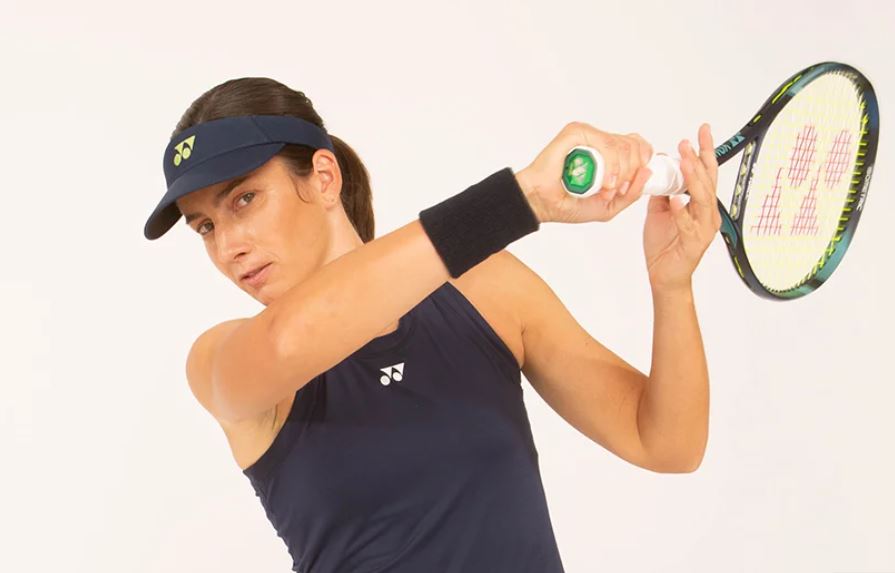
In 2015, Sevastova restarted her career from satellites as a "zero ranking". It was a miracle: at the 2016 US Open, she upset then-world No. 3 Muguruza and reached the quarterfinals, soaring to the top 35 in the world rankings; In 2017, she lifted her second WTA title in Mallorca and reached the semi-finals of the mandatory crown tournament for the first time at the Madrid Crown, beating Pliskova and Zhang Shuai. At this time, she was known as the "cutting master" and "tactical kaleidoscope", and reached the semifinals of a Grand Slam for the first time at the 2018 US Open, reaching a maximum ranking of 11th, becoming a representative of the "non-power player" in women's tennis.
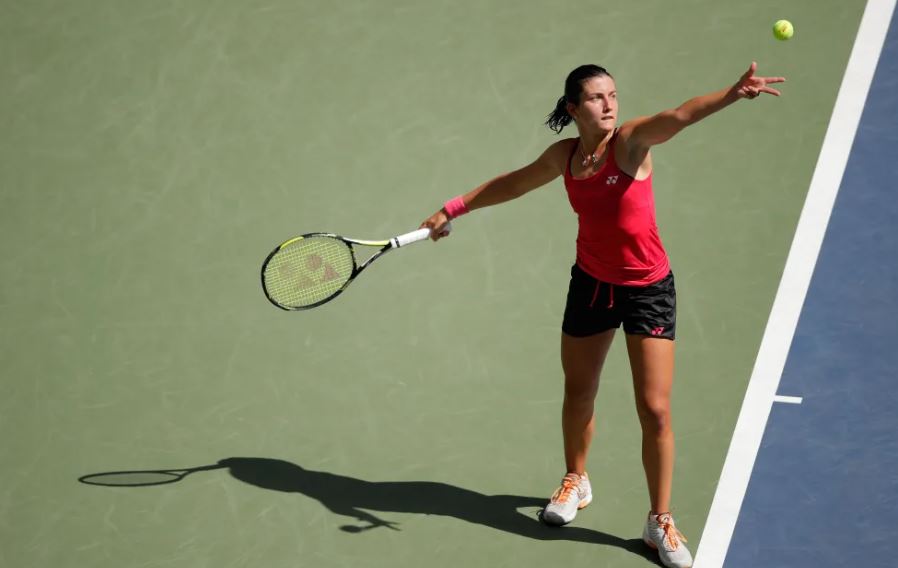
After entering the age of 30, Sevastova has lost her competitiveness and will stay away from the competition again after 2022. Just when everyone forgot about her, she will make another appearance in Cluj Napoca in 2024 and announce her return with a resounding victory over "The Maid" in Madrid this year. The Madrid 2025 victory was the epitome of her third career: relying on experience and intelligence, she relied on experience and wisdom to suppress Ostapenko's violent shots on clay with a variety of drops, precise balls in front of the net and counter-attacking tactics. Although her physical fitness is not as good as she was at her peak, her ability to read the game and her mental toughness have matured.
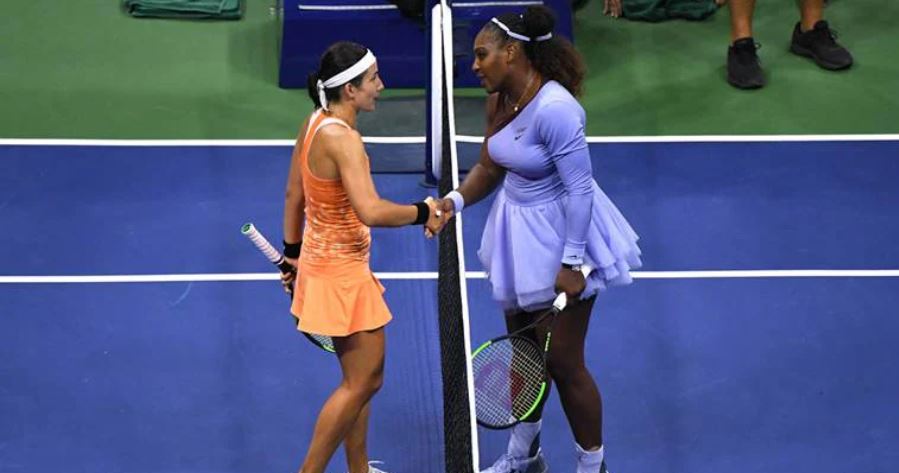
At just 1.69 meters tall, Sevastova is an outlier in the modern tennis world of power, but she carves out space with her unique style of play: first and foremost her backhand cut, which is not only a means of transition, but also a central weapon to disrupt her opponents' rhythm. Through the combination of depth and lightness, the opponent is forced to adjust the hitting point frequently, especially on the clay court, and the sliding step after cutting often makes the opponent mistake; The second is her ability to go to the net, which is different from traditional bottom-line players, and her active online scoring rate is as high as 70% (such as the 2018 China Open semi-finals against Naomi Osaka in many short successes); Finally, it is her psychological quality, and the experience of many comebacks has forged her trait of "no stage fright in big scenes". In the 2016 US Open against Muguluza, her self-suggestion of "emptying her minds" at match point was the key to the reversal.

A technical player, Sevastova is often compared to retired Australian Barty. The similarities between the two are significant: first of all, in terms of physical condition, they are similar in height (Barty 1.66 meters), and they are not power players, but they make up for their disadvantages with their touch and tactics. In terms of technical style, they are all known for their cutting, changing lines and delicate in front of the net, and are good at red clay and grass. In terms of soft power, Barty has temporarily retired from tennis due to psychological problems, while Sevastova has experienced two retirements and comebacks, showing her love and persistence in tennis.
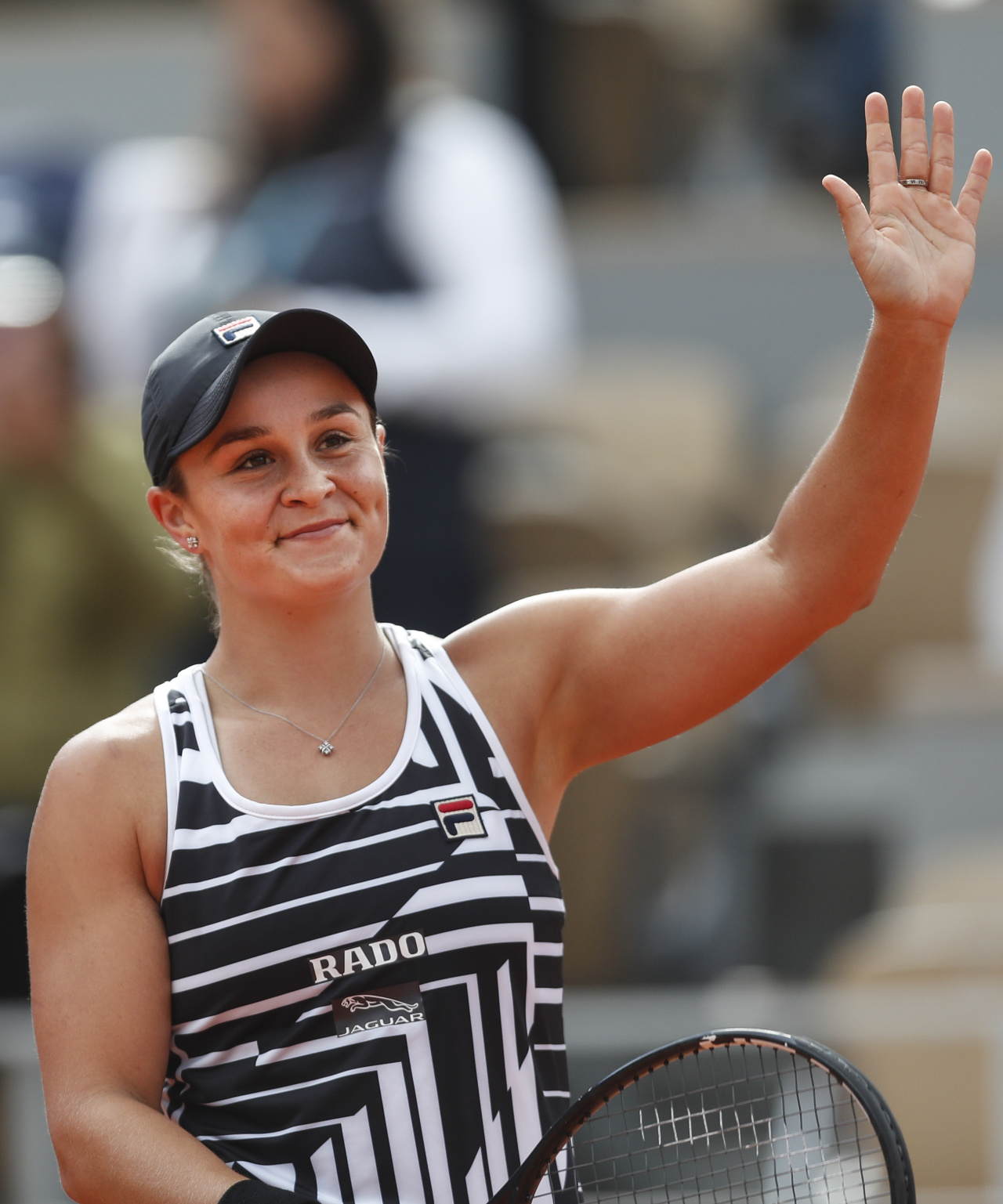
However, the creation of an "era" requires more stringent conditions, both subjective and objective. In terms of dominance, Barty has three Grand Slam titles and 121 weeks of world No. 1 dominance, while Sevastova has yet to break past the semi-finals of a Grand Slam (losing to Serena Williams in the semi-finals of the 2018 US Open) and is ranked 11th in the highest ranking. Of course, the biggest problem is age, Sevastova will be 35 years old in 2025, and her physical decline will not be able to support the high-intensity season. In contrast, Barty retired at the age of 25 in the rapids, while Sevastopa's "third spring" was more of a phased burst of experience. In addition, the competition between the two is also different, although the current tennis world presents a situation of "competition for beauty", but the suppression of the new generation of power players such as Swiatek and Sabalenka makes it more difficult for technical players to break through.

Sevastova may struggle to replicate Barty's "dynasty", but she is worth more than the number of titles. From "a frustrated retire due to injury" to a "three-time comeback fighter", she has used her career to illustrate another possibility of tennis – in an age of violence, where skill, intelligence and love can also earn respect. As she said after the upset at the 2016 US Open: "It's not scary to start from scratch, it's scary to lose the courage to try again." This spirit may be the most precious legacy she left to the tennis world.(Source: Tennis Home Author: Xiaodi)







 Links
Links
 Contact
Contact
 App
App


